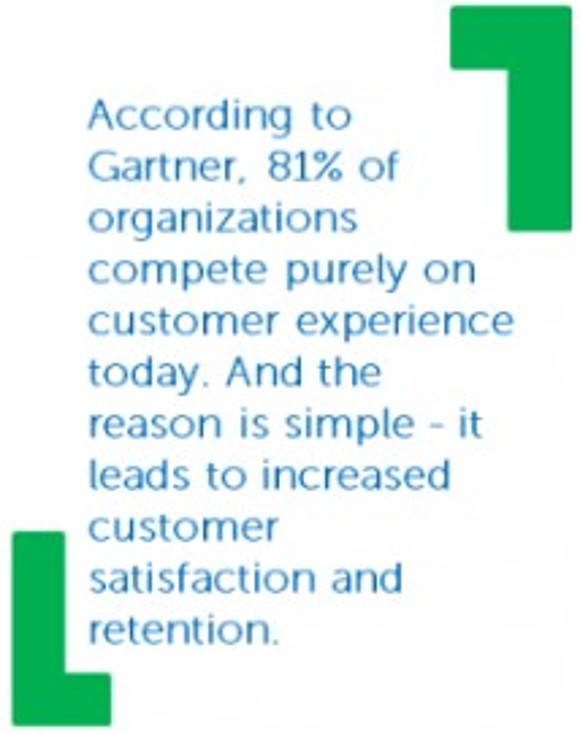The State of BFSI Industry in 2021 and Beyond – Understanding Key Trends

The recently held BFSI industry webinar by Wurth IT Summit delivered some key takeaways on where the BFSI industry stands and particularly where it is headed in the neo-digital era. This blog captures key insights captured from this webinar, as moderated by Smruti Gandhi (Editor, DynamicCIO) and narrated by the authors Goutam Datta CI&DO, Bajaj Allianz Life), Dipu KV (President - Operations & Customer Experience, Bajaj Allianz Life), and Ravishankar Pingali (CEO & Head of Digital, Wurth IT India).
The pandemic continues to disrupt businesses in 2021 and beyond, and the insurance industry has not been bereft of its effects. As a result, the BFSI sector collectively has responded gracefully by accelerating digitization by 10X. The top technological trends that have fueled this growth are Machine learning and Artificial Intelligence, empowering policyholders and changing the insurance sector for the better.
Current State of BFSI Sector
The pandemic has brought a significant shift in the perception of insurance among consumers and insurance providers alike.
Traditionally, the insurance sector has been highly resilient to complete digitization, relying heavily on paper trails. Today, the industry is driving efficient digital transformation, completely eliminating paper-based processes and in-person meetings. Surveys suggest that insurance companies are more receptive to technological changes in recent times. Moreover, by 2025, it is anticipated that the line between a technology company and a BFSI organization will vanish.

And the reason is straightforward - technical giants emerging and competing with conventional banks and financial services.
For example, market players such as Amazon have changed the entire customer experience on its head. Such new-age organizations are showcasing what a frictionless digital experience can be. Amazon already manages payments, insurance, accounts, and financial lending products with its vast userbase. All this is making Amazon (and other such large-scale organizations) the next competitor in the BFSI industry. Even Lemonade, a US-based Insurtech organization, is coming up with a combination of artificial intelligence and behavioural economics that would empower customers 90 seconds to buy insurance and just 3 minutes to get paid.
Owing to such disruption, existing financial players in India are rapidly embracing the transformation and thriving to deliver extraordinary customer experiences by re-imagining their entire ecosystem. Today, many banks are going virtual, delivering responsive and adaptive experiences to customers.
With that being said, there are still some critical gaps, such as mobile banking being sub-par. In addition, customers today are looking for seamless, integrated, and omnichannel digital experiences. As a result, organizations in the BFSI space need to gear up for this change with simpler products, faster time to market, and personalized offerings.
Embracing Change - How Current Players Can Steer Through This Storm
Traditional financial players can navigate through this wave with the following action points:
- Understanding and mapping the entire customer journey on the digital channels required to operate as a digital tech or a technology services company.
- Setting a digital mindset that change needs to come at all levels within the enterprise.
- Managing and responding to new-age customer expectations.
- Adding convenience to existing products and services, making them accessible anytime and anywhere.
- Converging various channels that currently exist in silos to deliver an Omnichannel experience, no matter the device.
- Providing a centralized platform to customers with all details such as banking transactions, financial services, investments details, and risk exposures.
- Eliminating generic financial products and providing customers with the option to customize their products, control their finances, and manage their risk exposures.
- Delivering and managing consistency across all customer communication channels.
Importance of Driving Customer Experience
Customer experience is the new marketing.
As a result, many financial players today are looking to re-engineer and launch new mobile applications. And the emergence of low-code platforms is making the go-to-market strategy considerably easier for them. But this also poses another challenge - to successfully and efficiently manage the copious amounts of data that these apps generate. By leveraging artificial intelligence and high-level analytics, the value from such data can be realized, primarily to design new and revolutionary financial products.
Looking Forward
Beyond 2021, the market is set to test whether customers can rely on banks and insurance companies to regain the solid financial footing they have lost during the pandemic. As industries merge and the line between technology and financial institutions disappears, increased virtualization of customer experiences in the BFSI sector is expected.
And the best bet to fend off competitors? A three-dimensional strategy of multilingual digital channels, voice-based servicing, humanization of digital experience - critical digital transformation ingredients that the BFSI industry had been missing for long.
